Hexagon
A hexagon is a polygon with six sides and six angles. The word "hexagon" comes from the Greek word "hex" which means "six," and "gonia" which means "angle."
Properties of a Hexagon
1. Number of Sides: A hexagon has six sides.
2. Number of Angles: A hexagon has six angles.
3. Sum of Interior Angles: The sum of the interior angles of a hexagon is 720 degrees.
4. Sum of Exterior Angles: The sum of the exterior angles of a hexagon is 360 degrees.
5. Regular and Irregular Hexagons: A hexagon can be regular (all sides and angles are equal) or irregular (sides and/or angles are of different lengths/measures).
Examples of Hexagons
Examples of hexagons in real life include beehives, nuts and bolts, and some types of crystals and snowflakes.
Formulas for Area and Perimeter
1. Perimeter of a Hexagon: P = 6 * side length
2. Area of a Regular Hexagon: A = (3/2) * (side length) * (apothem length)
.◂Math Worksheets and Study Guides Second Grade. Fractions Greater Than or Less Than 1/2
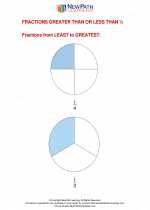
 Worksheet/Answer key
Worksheet/Answer key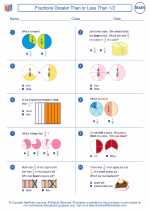
 Worksheet/Answer key
Worksheet/Answer key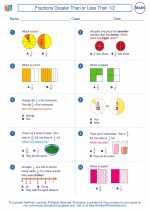
 Worksheet/Answer key
Worksheet/Answer key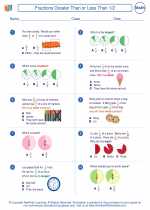
 Worksheet/Answer key
Worksheet/Answer key
 Worksheet/Answer key
Worksheet/Answer key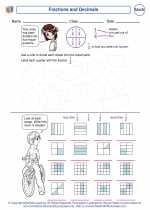
 Vocabulary/Answer key
Vocabulary/Answer key
